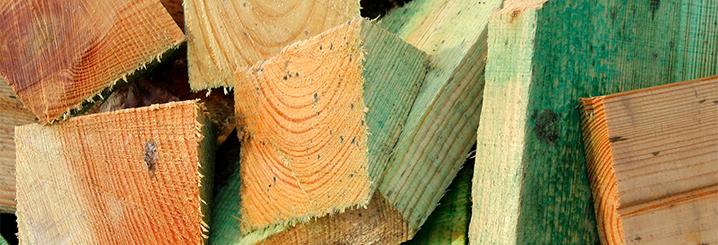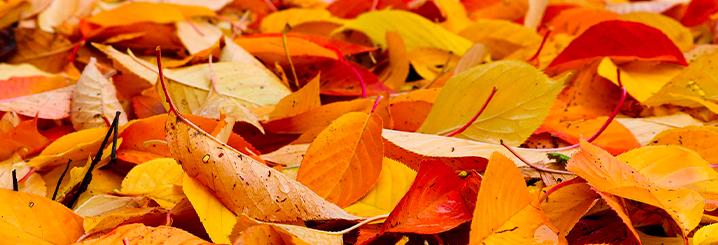How to prune decorative branches

In the park or in woodland, how many times have you picked up a dead branch with an interesting shape, like a kind of natural sculpture? Is your attention ever drawn to the peculiar branches that wash up on the beach? If you think they have ornamental potential, why not use them to furnish your home, or make personalised gifts for practically no cost?
If decorative deadwood excites your imagination, if you have a passion for handicraft, or if you are good with your hands, start collecting beautiful branches whenever you come across them. And don't buy artificial plastic deadwood: you can’t beat real wooden decorative branches!
Pruning work in the garden, countryside or woodland provides a good opportunity to stock up on decorative branches to use for your craft creations: we talk more about it in this article.
How to make decorative deadwood craft items
November to February is generally the best time to prune deciduous trees and sift through the pruning waste for suitable DIY decorative deadwood. You can choose the most harmonious or the most bizarre, such as hazel branches, which are extremely decorative with their twisted forms. Remember that freshly cut branches should be cleaned and dried in a dry and ventilated place before using them.
To cut them, get yourself a solid ladder and some well-sharpened manual pruning tools, such as a bow saw, which is fine for branches up to 10-15 cm in diameter. If the branches are slightly out of reach or in the inner portion of the canopy, you can use loppers. However, when branches are too high to prune without climbing a ladder, you can opt for a telescopic pole-mounted saw. If the branches are particularly numerous or large, or made of hard wood, a chainsaw is the best choice.
If you choose a chainsaw, opt for a specialised model: a compact and lightweight pruning chainsaw like the Oleo-Mac GST 250 with 1 kW power output, or the 1.5 kW GST 360. Alternatively, use a telescopic pruner to cut at height from ground level, or a classic compact chainsaw like the 1.8 kW GS 371, which is perfect for small pruning jobs.
How should you cut your decorative deadwood? If the branch is large, follow these three steps, otherwise you risk splitting the wood and ruining a promising decorative branch:
- First make a cut in the lower part, at a depth of one-quarter/one-third of its diameter;
- Saw through the part above until you reach the first cut, then cut off the branch;
- Finally, remove the remaining piece of branch by cutting near the collar.
The collar is the point where a branch meets the trunk (or another branch): in broad-leaved trees you can easily recognise it by the swelling of the bark. As we said, the cut should be made near the collar, angled slightly away from the trunk.
Why it is important to pay attention to the collar? This is where the plant produces the healing callus that will eventually close the wound, but only if the cut is made in the right place. Cutting too far from the collar creates a stump that provides an entry point for pathogens, whereas cutting too close to the collar damages the plant tissues so that the healing callus fails to grow evenly, takes a long time to form or, in the worst case scenario, doesn’t form at all. If you want to learn more about pruning techniques, you can check out our article on how to prune a tree.
You can get lots of decorative deadwood for DIY craft by limbing a felled tree. If you are interested, read our article all about limbing, sectioning and bucking trunks.
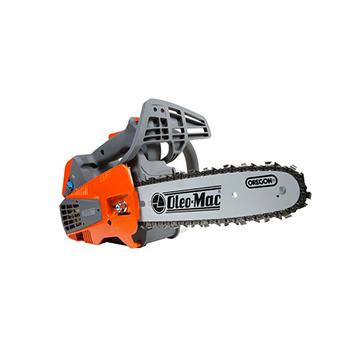
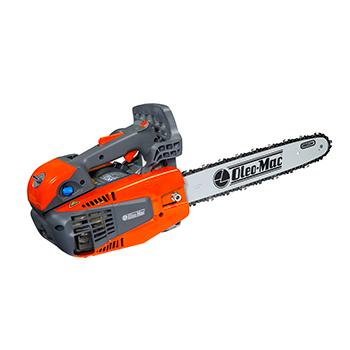
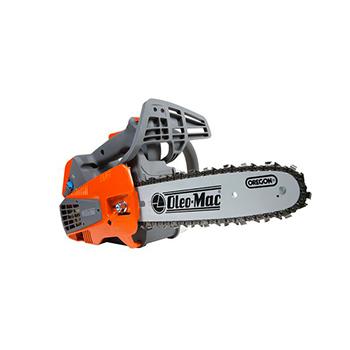
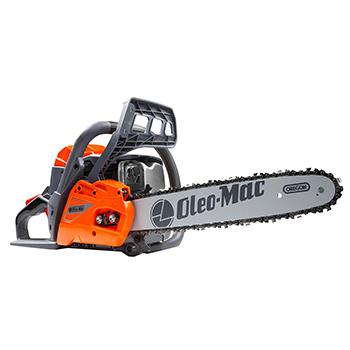
When and how to cut deadwood
You can find deadwood in every season. This is because weather (strong winds or storms, for example) can break off branches and also because, in general, most plants “self-prune”, by allowing branches that are no longer useful or productive to wither and drop off. Furthermore, where vegetation is very dense, such as in woodland, another factor that leads to self-pruning is lack of light.
But what if you can't find any branches to collect? You can look for a tree with dead branches to cut off: as we mentioned, trees self-prune by isolating branches that are no longer active. So how should you cut these dead branches? The same rules apply as for living branches: pay attention to the collar and, in this case, also to the healing callus which you will notice has already started to develop.
When is the best time to cut deadwood from trees? Generally speaking, you can prune deadwood all year round.
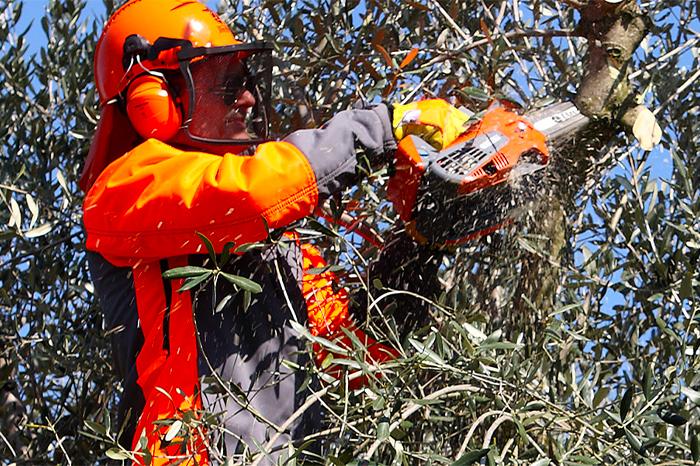
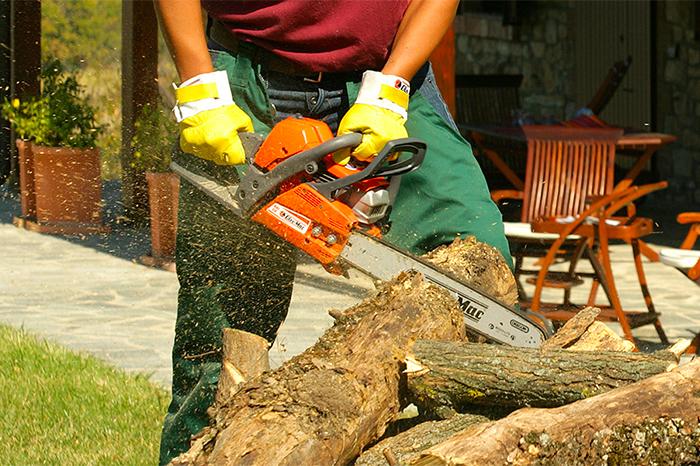
Decorative branches: some ideas for using them at home
Once collected or pruned and dried, what can you do with decorative deadwood? On the Web and in magazines there is a wealth of DIY craft ideas for decorative deadwood from which to draw inspiration. The only limit is your creativity, so arm yourself with patience and brushes, cementite, paints, glitter, ribbons, glue...
With decorative deadwood you can make compositions (just like flower arrangements) to put in a vase. You can create centrepieces and placeholders for your dining table. With the wood of decorative branches you can embellish walls; weave frames for mirrors, photos and paintings; and create sculptures to hang from the ceiling. With the thickest and sturdiest deadwood you can build shelves, coat hangers and even chandeliers.
With dead branches you can even create Christmas decorations: if you have a particularly beautiful and interesting branch you can transform it into a Christmas tree by fixing it to a support base and hanging decorations from it. With the thinnest and most flexible dried twigs, you can weave a festive wreath to hang on your front door. Or why not create a special ambiance by grouping branches into bundles and wrapping strings of lights around them?
Also with Christmas in mind, you can use a pruning chainsaw and carving bar to try your hand at making a wood sculpture: in this article on how to make sculptures with a chainsaw, we explain exactly how to carve a Christmas tree from a section of trunk.
